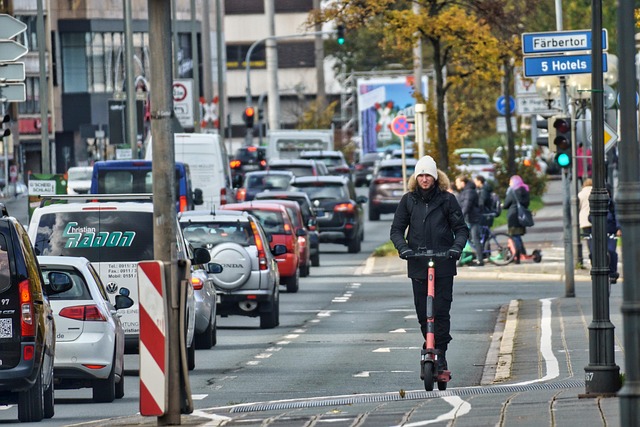Driving Towards a Greener Future: Eliminating Unsustainable Energy Sources in Mobility for Sustainable Transport and Rural Development
The urgency for sustainable transport solutions has never been more crucial. As we grapple with the impacts of climate change, air pollution, and depleting natural resources, the elimination of unsustainable energy sources from our mobility systems becomes a critical focus. Our world is transitioning towards more responsible modes of transport that not only address the immediate needs of urban centers but also foster development in rural areas.
Transport Sustainability: A Path Forward
Sustainable transport is not merely about reducing emissions; it’s about shifting our mindset towards a holistic approach that encompasses environmental integrity, economic feasibility, and social equity. Many regions still heavily rely on fossil fuels, which contribute significantly to greenhouse gas emissions and ecological degradation. By focusing on the elimination of unsustainable energy sources, we can pave the way for transport systems that harness clean energy alternatives such as electricity, biofuels, and hydrogen.
Investments in renewable energy-powered public transport systems are imperative. Cities around the globe are implementing electric buses, trams, and trains that not only reduce the carbon footprint but also provide an affordable means of transit for their residents. Furthermore, technology innovations like electric bikes and car-sharing models are gaining popularity, emphasizing personal responsibility in choosing sustainable mobility options.
Rural Development: Bridging the Gap
While urban areas often dominate discussions on sustainable transport, rural communities face unique challenges that demand immediate attention. Many rural residents are underserved by transport networks, making it difficult for them to access essential services, economic opportunities, and social interactions. The elimination of unsustainable energy sources in these areas can provide a pathway to more inclusive and accessible mobility solutions.
One innovative approach involves deploying solar-powered vehicles and establishing community-based transport systems that utilize locally available resources. By promoting small-scale projects that harness clean energy, rural regions can uplift their economies while simultaneously reducing reliance on fossil fuels. Moreover, investing in infrastructure such as bike lanes and walking paths encourages active transportation, which can enhance public health and foster community spirit.
Empowering Communities for a Greener Tomorrow
To achieve successful transitions toward sustainable transport, collaboration between local governments, businesses, and communities is essential. Public awareness campaigns focused on the benefits of eliminating unsustainable energy sources can foster a culture of sustainability and inspire collective action.
Ultimately, the quest for sustainability in mobility is about more than just reducing emissions; it’s about reshaping how we think about and interact with our environment. By prioritizing the elimination of unsustainable energy sources, we can forge a future where both urban and rural areas thrive through equitable and environmentally friendly transport solutions.



